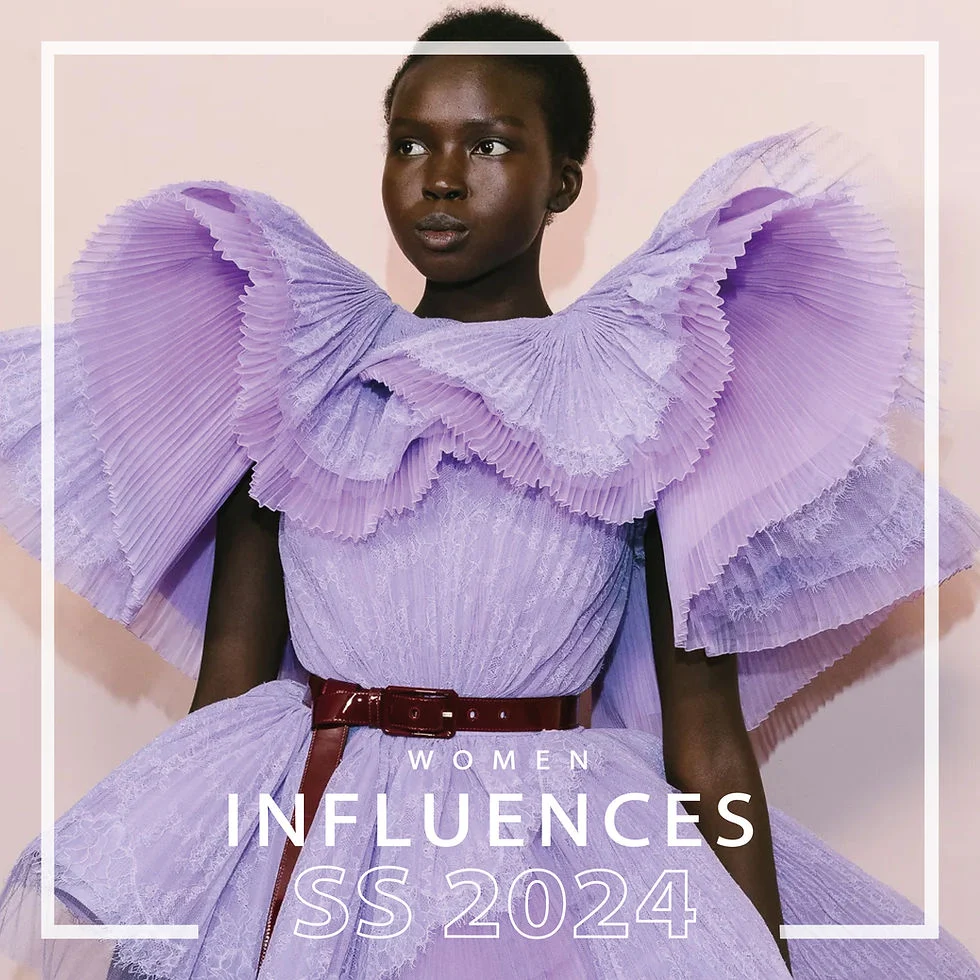In recent years, the fashion industry has witnessed a remarkable transformation with the advent of digital fashion shows. These innovative events leverage cutting-edge technology to create immersive experiences that captivate audiences worldwide. From virtual reality to live streaming, digital fashion shows are redefining the traditional runway experience, making it more accessible and engaging than ever before. As we delve into the world of digital fashion, we will explore how these advancements are not only changing the way designers showcase their collections but also how consumers interact with fashion.
In this article, you will discover the various technologies that are driving the evolution of digital fashion shows, including augmented reality and artificial intelligence. We will examine how these tools enhance creativity and allow designers to push the boundaries of their artistry. Additionally, we will discuss the impact of social media and online platforms in democratizing fashion, enabling a broader audience to participate in and experience these spectacular events.
Furthermore, we will highlight some of the most groundbreaking digital fashion shows that have set new standards in the industry. By the end of this article, you will have a comprehensive understanding of how technology is reshaping the runway experience and what it means for the future of fashion. Join us on this exciting journey as we uncover the fascinating intersection of technology and style, and learn why digital fashion shows are here to stay.
The Rise of Virtual Fashion Shows
The fashion industry has witnessed a significant shift towards virtual fashion shows, especially in the wake of the COVID-19 pandemic. Brands are increasingly opting for digital platforms to showcase their collections, allowing them to reach a global audience without the constraints of physical venues. This transition not only reduces costs associated with traditional runway shows but also opens up new avenues for creativity and innovation.
Virtual fashion shows leverage advanced technologies such as 3D modeling and augmented reality (AR) to create immersive experiences. Designers can present their collections in unique environments, enhancing the storytelling aspect of their brand. As a result, virtual shows are not just a substitute for physical events; they are becoming a new form of artistic expression in the fashion world.
Augmented Reality and Its Impact on Fashion
Augmented reality (AR) is revolutionizing how consumers interact with fashion. Through AR applications, users can virtually try on clothes and accessories, bridging the gap between online shopping and the tactile experience of in-store purchases. This technology enhances customer engagement and reduces the likelihood of returns, as shoppers can visualize how items will look on them before making a purchase.
Moreover, AR is being integrated into fashion shows, allowing viewers to interact with the designs in real-time. For instance, attendees can use their smartphones to see additional information about the garments or even see them in different colors and styles. This interactive element not only captivates the audience but also provides valuable data to brands about consumer preferences.
The Role of Artificial Intelligence in Fashion Design
Artificial intelligence (AI) is playing a crucial role in the fashion industry, from design to marketing. AI algorithms can analyze trends, consumer behavior, and social media data to predict what styles will be popular in the future. This data-driven approach allows designers to create collections that resonate with their target audience, ultimately leading to increased sales and brand loyalty.
Additionally, AI is being used to streamline the design process. Tools powered by AI can generate design suggestions based on existing collections, helping designers to innovate while maintaining brand identity. This fusion of creativity and technology is transforming the way fashion is conceptualized and produced, making it more efficient and responsive to market demands.
Sustainability in Digital Fashion Shows
Sustainability has become a critical concern in the fashion industry, and digital fashion shows are contributing to this movement. By reducing the need for physical materials and travel, virtual shows significantly lower the carbon footprint associated with traditional runway events. Brands are now able to showcase their commitment to sustainability while still delivering high-quality presentations.
Furthermore, digital platforms allow for the promotion of sustainable fashion practices. Designers can highlight eco-friendly materials and ethical production methods during their virtual shows, educating consumers about the importance of sustainability in fashion. This shift not only benefits the environment but also aligns with the values of a growing number of conscious consumers.
The Future of Fashion Retail: Blending Online and Offline Experiences
The future of fashion retail lies in the seamless integration of online and offline experiences. Digital fashion shows are paving the way for this hybrid model, where consumers can engage with brands through various channels. For instance, after viewing a virtual show, customers can purchase items directly through interactive links, creating a streamlined shopping experience.
This approach not only enhances convenience but also fosters a sense of community among fashion enthusiasts. Brands can host live Q&A sessions or virtual meet-and-greets with designers, allowing consumers to connect with the people behind the creations. As technology continues to evolve, the lines between digital and physical retail will blur, offering consumers a more holistic shopping experience.
The Impact of Social Media on Digital Fashion Shows
Social media has become an integral part of the fashion landscape, influencing trends and consumer behavior. Digital fashion shows are leveraging platforms like Instagram, TikTok, and YouTube to reach wider audiences and create buzz around their collections. These platforms allow brands to share behind-the-scenes content, engage with fans, and generate excitement leading up to the show.
Moreover, social media enables real-time feedback from viewers, allowing brands to gauge audience reactions and adjust their strategies accordingly. Influencers and fashion bloggers play a significant role in amplifying the reach of digital shows, as their endorsements can drive traffic and sales. As social media continues to shape the fashion industry, its influence on digital
| Aspect | Description |
|---|---|
| Introduction | Digital fashion shows have emerged as a revolutionary way to present collections, leveraging technology to enhance the runway experience. |
| Virtual Reality (VR) | VR allows designers to create immersive environments where viewers can experience the collection as if they were physically present at the show. |
| Augmented Reality (AR) | AR technology enables users to visualize clothing on themselves through their devices, bridging the gap between digital and physical shopping. |
| Live Streaming | Live streaming platforms have made fashion shows accessible to a global audience, allowing real-time interaction and engagement. |
| Social Media Integration | Fashion brands utilize social media to promote their shows, engage with audiences, and create buzz around their collections. |
| Sustainability | Digital shows reduce the carbon footprint associated with traditional runway events, promoting a more sustainable approach to fashion. |
| Data Analytics | Brands can gather data on viewer engagement and preferences, allowing for more targeted marketing strategies and improved customer experiences. |
| Future Trends | The future of fashion shows will likely see further integration of AI, machine learning, and interactive technologies to enhance viewer experiences. |


